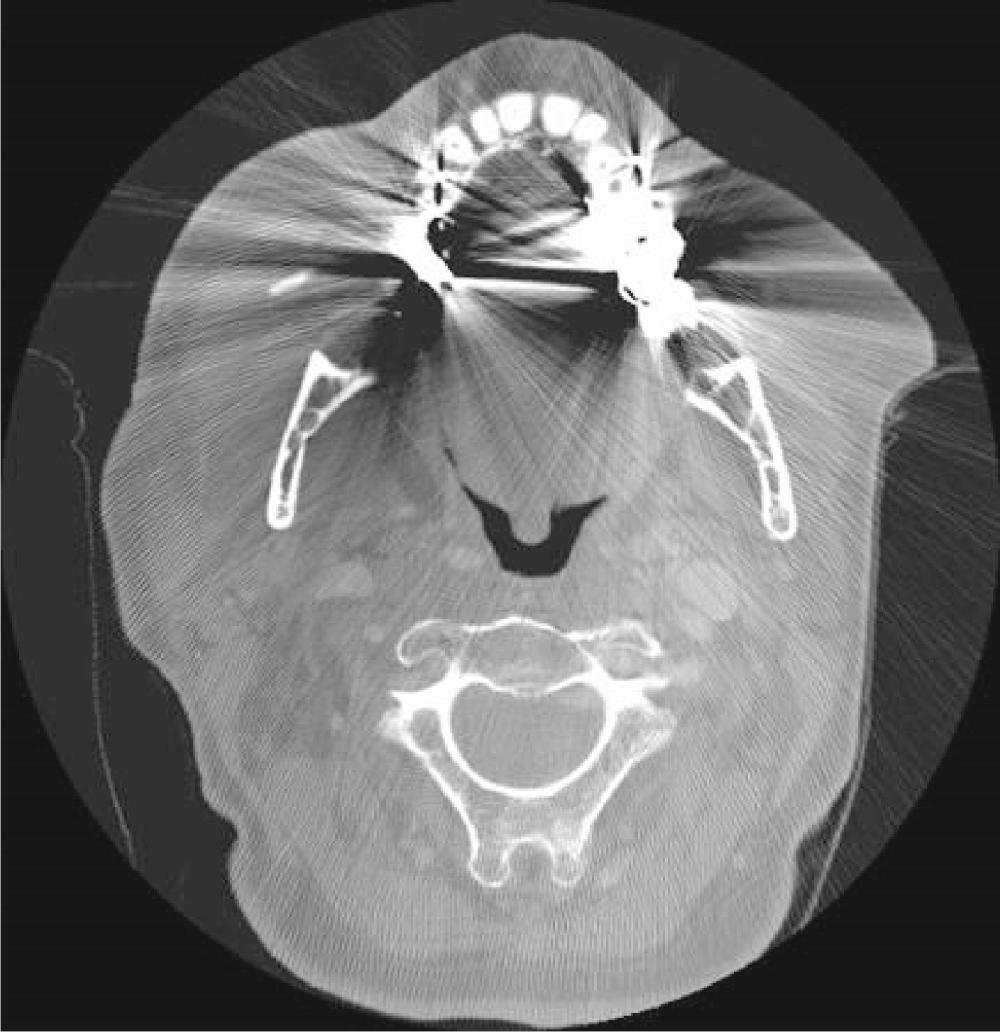Physical Address
304 North Cardinal St.
Dorchester Center, MA 02124
Most patients presenting with obstructive symptoms of the submandibular gland (SMG) are afflicted with salivary stones rather than stenosis, and salivary gland stones are a more frequent cause of SMG obstruction than of parotid obstruction, in a ratio of 4 : 1. Traditionally, most stones in the proximal SMG and duct were treated with gland excision. Sialendoscopy has allowed for preservation of many of these glands. Functional radiologic studies have shown that these glands are functional after removal of salivary stones, even if they are of longstanding.
Patients with stones of the SMG will generally have had the stones present for years. The consensus is that most stones grow at about 1 mm per year and our own experience with several patients, who elected not to have extraction, bears this out. Stones become symptomatic when they either block the free flow of saliva (obstructive, meal-time symptoms) or when they get infected. Both of these will present with unilateral SMG swelling and discomfort. Infected stones often develop a biofilm. While the development of infection with stones is relatively low, once it develops it can be hard to eradicate. On rare occasions, infection related to sialolithiasis can progress to abscess. Obstructive symptoms, on the other hand, may flare and abate over a period of years.
The medical history should include asking about diabetes, dehydration, and xerostomia/xerophthalmia associated with Sjögren syndrome, as all are associated with stone formation. Sjögren patients may have intraglandular calcifications on imaging and most of these are not intraductal stones, but they may also have obstructive symptoms from intraductal stones as well. A history of radiation is important because of the secondary salivary effects of either radioactive iodine or external beam radiotherapy, even though neither is associated with stone formation. Surgical history should include any prior salivary gland surgery.
The exam should include a complete head and neck exam. The SMG papilla should be analyzed carefully. The SMG papilla can be the rate-limiting step in dilating the system for placement of the salivary endoscope. The authors therefore examine the papilla with the operating microscope in the office. In so doing, a notation in the chart is made of the exact location of the opening of the papilla while the patient is awake, hydrated, and salivating. If no saliva is present, the patient can be given a salivary stimulant; a hard candy will suffice. The opening is then described in the electronic record to facilitate intubation in the future. The ease of visualization of the papilla opening of the awake patient is one of the reasons that some practitioners perform the procedure under a local anesthetic, in the office. The entire duct should be palpated after visualization and the gland should be examined with bimanual palpation to feel for stones as well as neoplasms, which will occasionally present with a longer history mimicking an inflammatory etiology. The gland should be examined carefully and compared with the contralateral gland.
Patients with salivary gland pathology will often have abnormal characteristics of their saliva when viewed with the microscope. Patients with infection will have a very thick, purulent saliva; those with stones without infection will often have debris, and those with Sjögren and sialadenitis from I-131 will have very little saliva, and it is very thick.
Size, shape, orientation, and location of stones should be noted, as these factors determine options for retrieval. The normal width of the adult submandibular duct is 4 mm. Stones in the submandibular duct that are <4 mm in their maximum dimension are typically retrievable with a wire basket through an endoscope ( Fig. 17.1 ). Stones larger than this may still be retrievable with a basket if they meet the following criteria: the orientation of the long axis of the stone is along that of the duct; the shape of the stone is oval and smooth; and the diameter of the stone in the plane perpendicular to the duct is not >4 mm. In our series, the authors successfully retrieved SMG stones up to 9 mm in length along the duct, and oval-shaped stones up to 5.5 mm in width. Larger stones that were removed successfully with a wire basket were typically free floating upon irrigation of the duct ( ).

The location of the stone also influences the surgical approach. Palpable anterior floor of mouth stones or stones at the papilla may be removed transorally in the office without the need for endoscopy. Stones located elsewhere along the duct or that are not palpable are better served with endoscopic localization and retrieval using endoscopic or combined techniques.
Become a Clinical Tree membership for Full access and enjoy Unlimited articles
If you are a member. Log in here